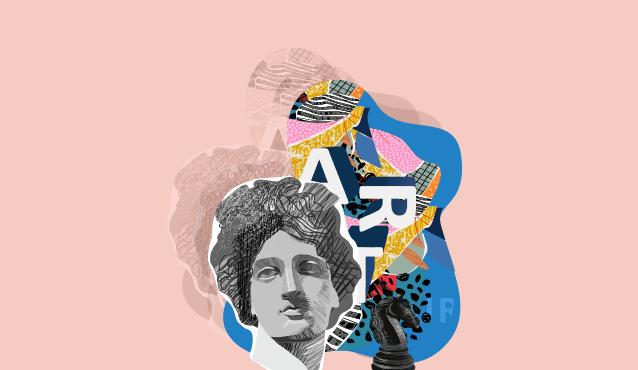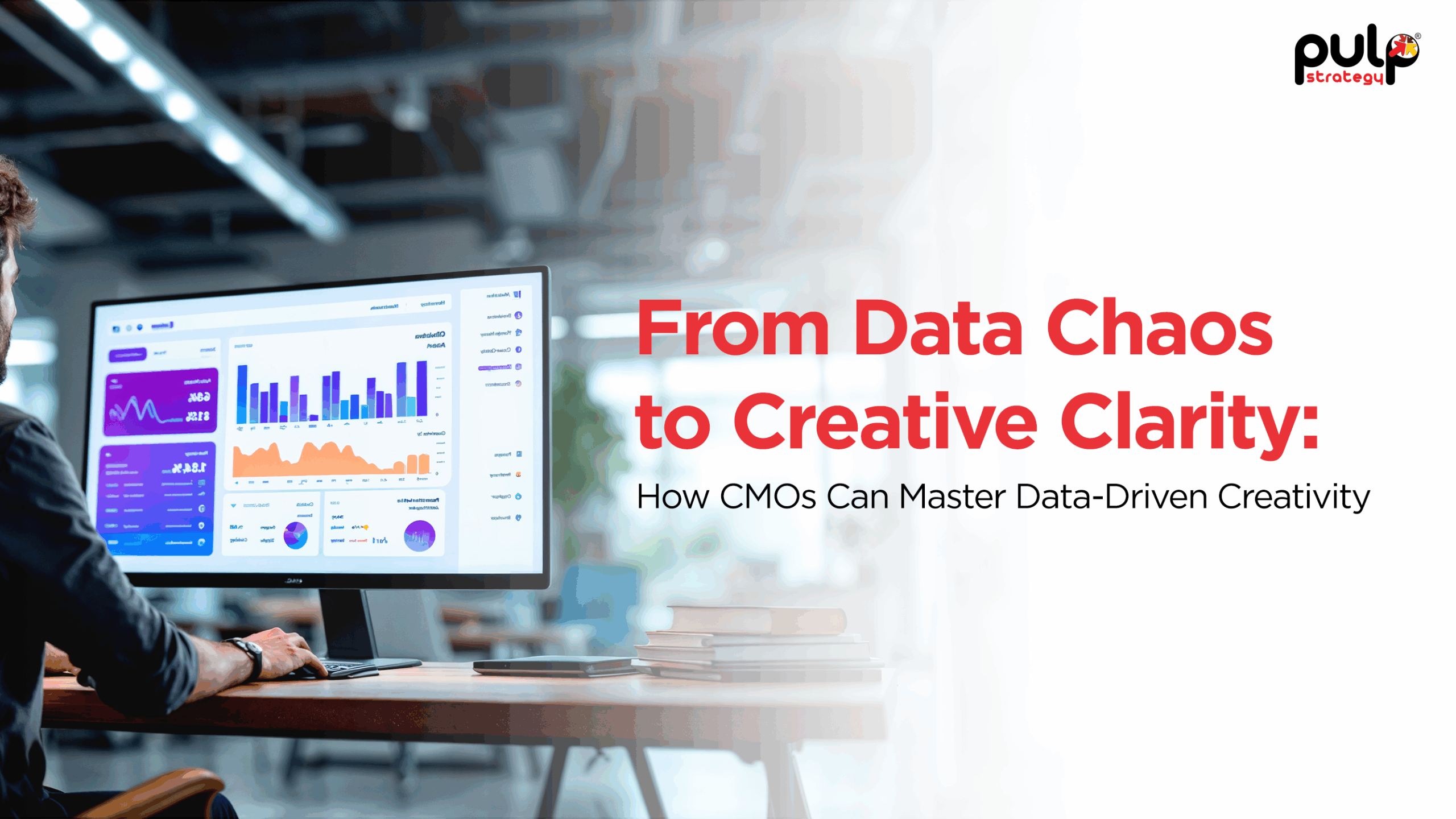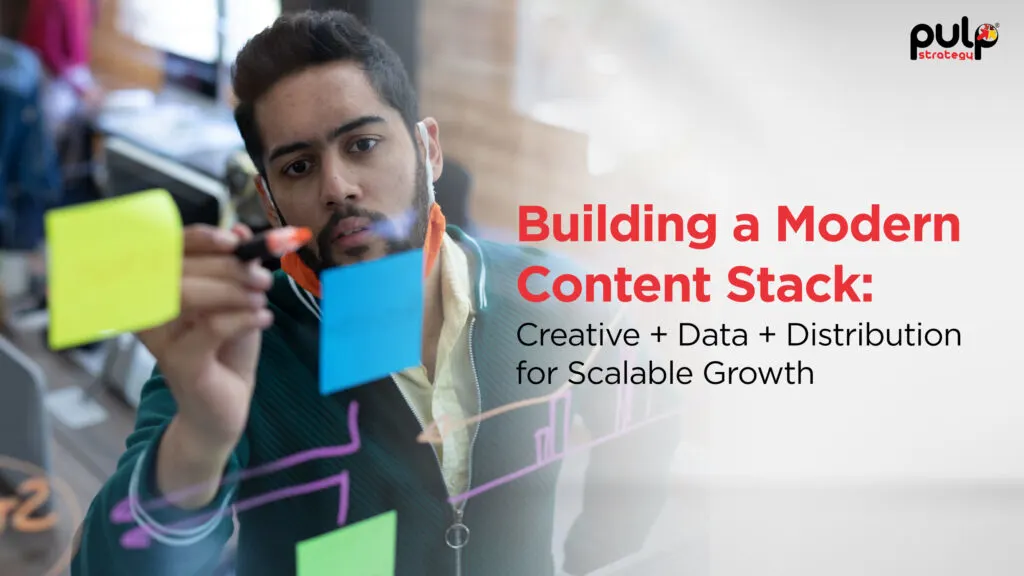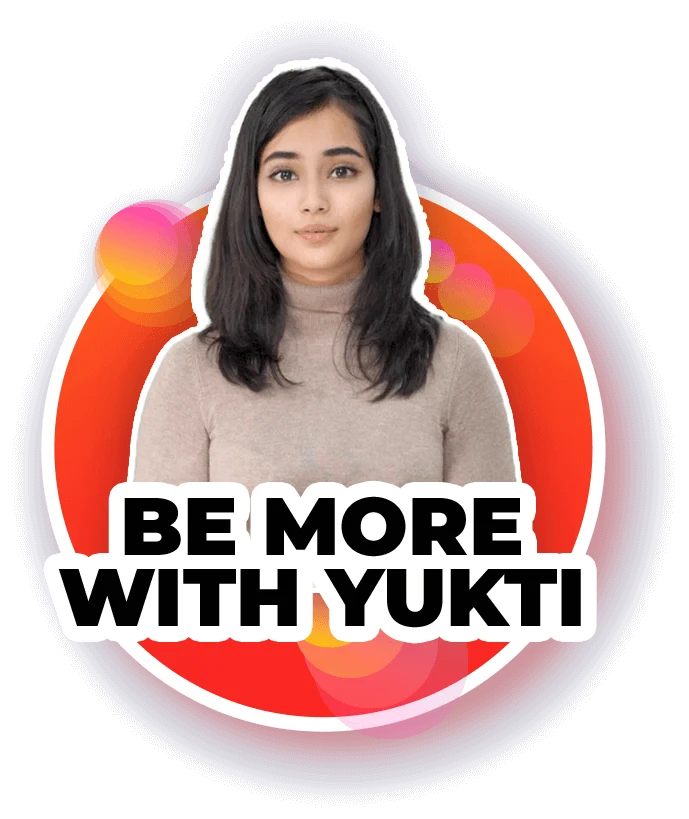In the fast-paced world of marketing, where every click, impression, and conversion counts, the eternal battle between design and art persists. Which one holds the key to unlocking marketing success?
In the dynamic world of marketing, where innovation and creativity reign supreme, an intriguing question often arises: What distinguishes design from art, and how can marketers leverage both to achieve their strategic goals? As CMOs and marketing heads, you're undoubtedly familiar with the evolving landscape of our industry, where staying ahead requires a keen understanding of the nuances between design and art.
Finding Harmony in Dichotomy: Design vs. Art in Marketing
In the realm of marketing, design and art are not opposing forces but rather complementary elements that, when harnessed effectively, can elevate your brand's impact and resonate with your target audience on a profound level. Let's delve into the distinctions and connections between design and art, and explore how this dynamic interplay can redefine your marketing strategies.
The purpose of design and art - Design is often seen as a more functional form of art, while art is seen as more expressive. However, both design and art can be used to communicate ideas, evoke emotions, and create a sense of beauty.
The role of design and art in marketing - Design and art can be used to create effective marketing campaigns that connect with target audiences. For example, design can be used to create visually appealing logos, websites, and advertisements, while art can be used to create thought-provoking and memorable marketing messages.
The different types of design and art - There are many different types of design and art, including graphic design, web design, product design, fashion design, and fine art. Each type of design and art has its own unique set of goals and techniques.
The creative process of design and art - The creative process of design and art can be both similar and different. Both designers and artists must start with an idea, but they then use different techniques to bring their ideas to life. Designers often use a more analytical approach, while artists often use a more intuitive approach.
The importance of collaboration in design and art - Design and art are often collaborative processes. Designers and artists often work with other professionals, such as copywriters, photographers, and programmers, to create their work. Effective collaboration in design and art leads to innovative and polished creations, combining diverse skills and perspectives. When not done, it can result in disjointed and subpar outcomes lacking the depth and creativity that collaboration brings.
The future of design and art - Design and art are constantly evolving, as new technologies and techniques are developed. The future of design and art is likely to be even more collaborative and interdisciplinary.
Distinguishing to Create a Balance
Purpose and Goals
- Design: Design is primarily goal-oriented and focused on solving specific problems. It aims to communicate a message effectively, enhance user experiences, and drive desired actions, such as increasing sales or brand awareness.
- Art: Art is often more self-expression and creativity-driven, with the primary goal of evoking emotions, provoking thought, or making a statement. While art can have commercial applications, its primary purpose isn't necessarily to achieve specific business objectives.
Audience and Targeting
- Design: Design is tailored to a specific target audience and aims to resonate with their preferences and needs. It often involves market research and user testing to ensure that the design elements are appealing and effective.
- Art: Art may have a broader or more personal appeal and may not always consider a specific target audience. While it can certainly resonate with viewers, the response can be more subjective and varied.
Consistency and Branding
- Design: Design is consistent with branding guidelines and aligns with a company's visual identity. It maintains a uniform look and feel across various marketing materials to reinforce brand recognition.
- Art: Art may not always align perfectly with a brand's guidelines, as it can be more experimental and diverse.
Measurability and ROI
- Design: Design can be quantitatively measured in terms of its impact on marketing goals, such as conversion rates, click-through rates, or sales. This allows brands to assess the return on investment (ROI) of design efforts.
- Art: The impact of art on marketing goals is often more challenging to quantify. While it can enhance creativity and uniqueness in campaigns, its direct contribution to ROI is less straightforward.
Revisions and Adaptability
- Design: Design is often more adaptable and subject to revisions based on client feedback and evolving marketing strategies. It can be fine-tuned to better align with changing business needs.
- Art: Artistic creations may be less amenable to frequent changes or adaptations, as they are often deeply rooted in the artist's vision and creative expression.
Client Expectations
- Design: Clients typically expect design work to be functional, professional, and aligned with their brand and goals. They may prioritize clarity, usability, and ROI.
- Art: Clients may seek artistic elements to add uniqueness, creativity, or emotional resonance to their marketing materials. However, they might have varied expectations regarding the outcomes and their impact on business objectives.
The Ultimate Marketing Alchemy
The debate of design vs. art in marketing isn't about choosing one over the other but finding the delicate balance between the two. As marketers, you have the opportunity to create marketing alchemy by infusing the precision of design with the emotional resonance of art. This fusion can help you create campaigns that not only capture attention but also inspire loyalty and advocacy among your audience.
So, as you embark on your marketing journey, ask yourself: How can I blend design and art to create marketing magic that leaves an indelible mark on my audience? The answer to this question may well be the key to unlocking your brand's full potential in the ever-evolving world of marketing. Pulp Strategy, one of the leading strategic marketing agencies in India, can help elevate your brand by providing just the right balance between design and art.







